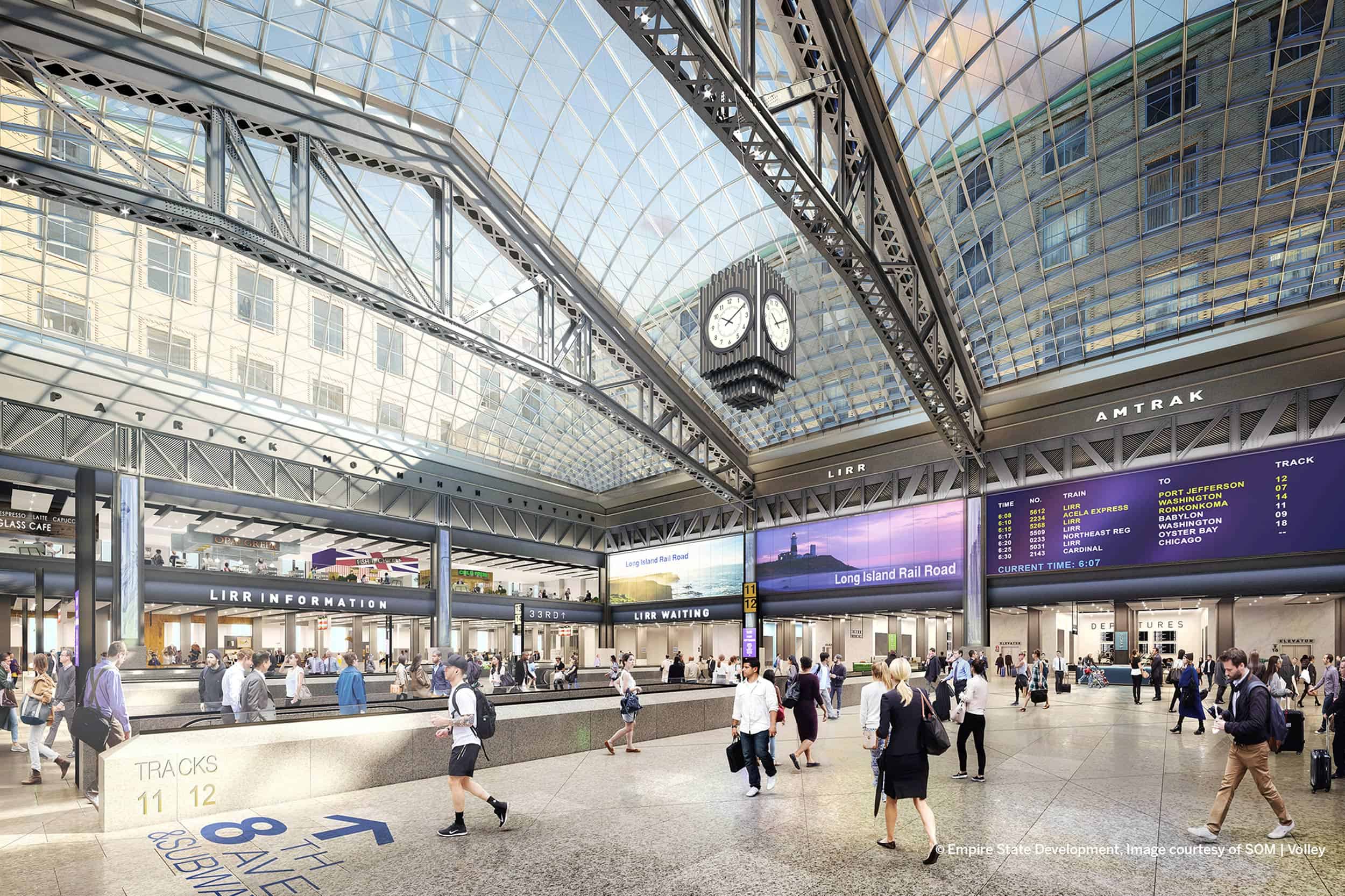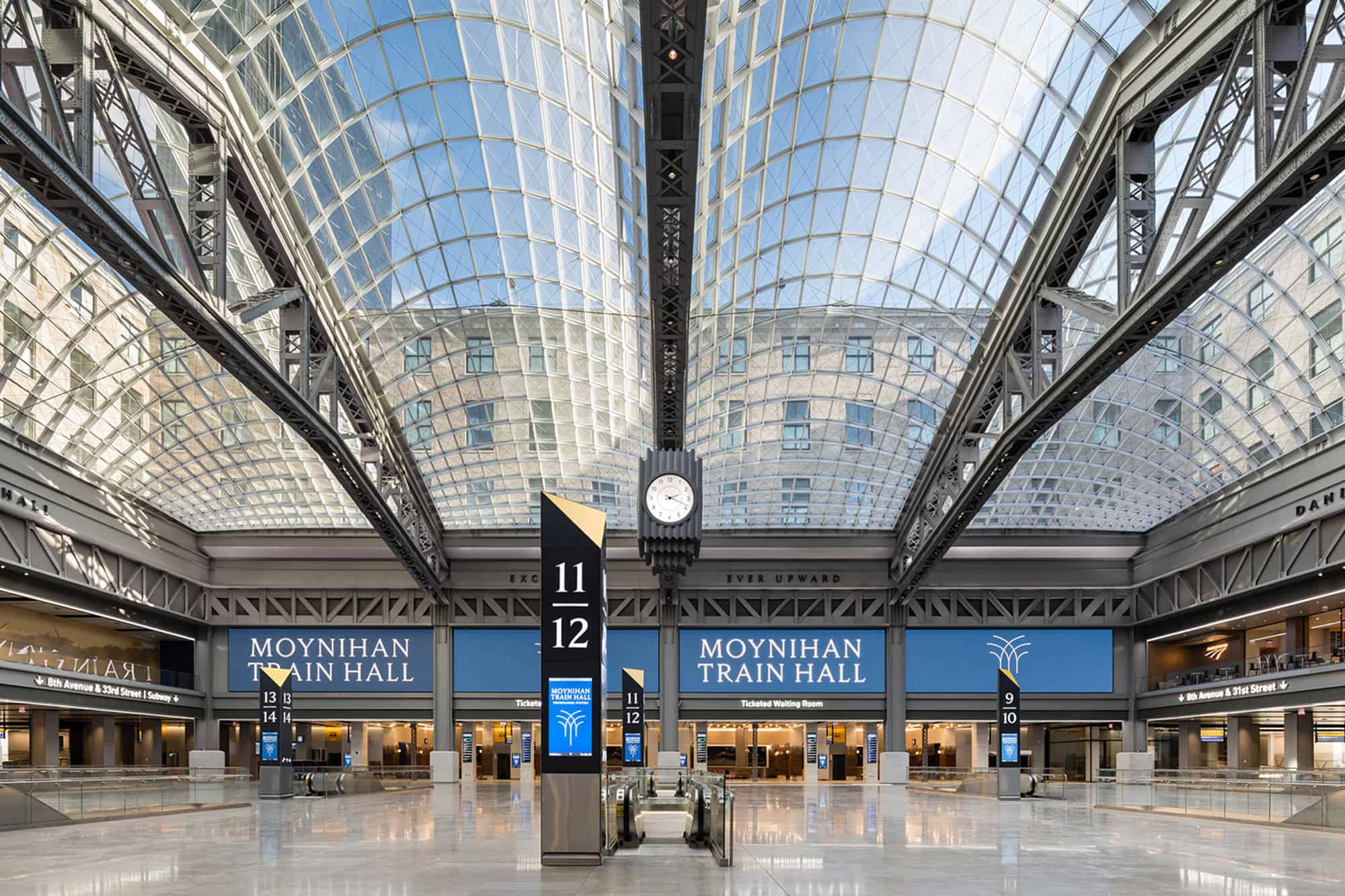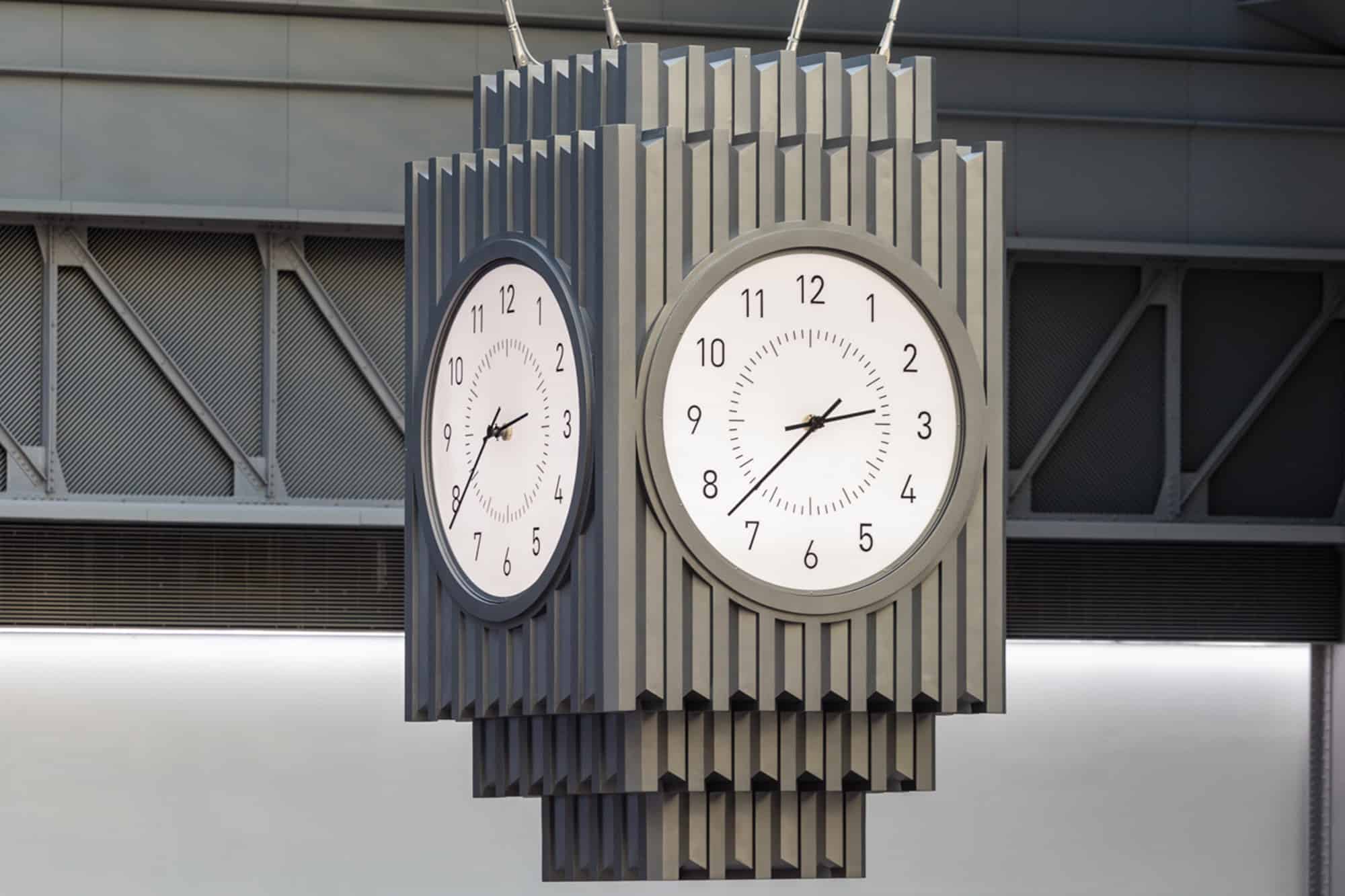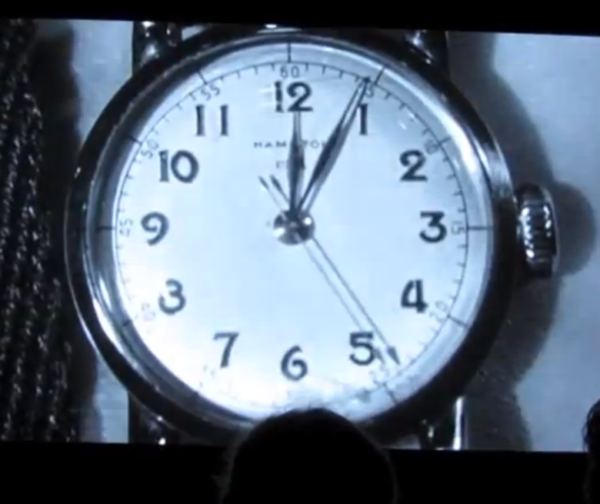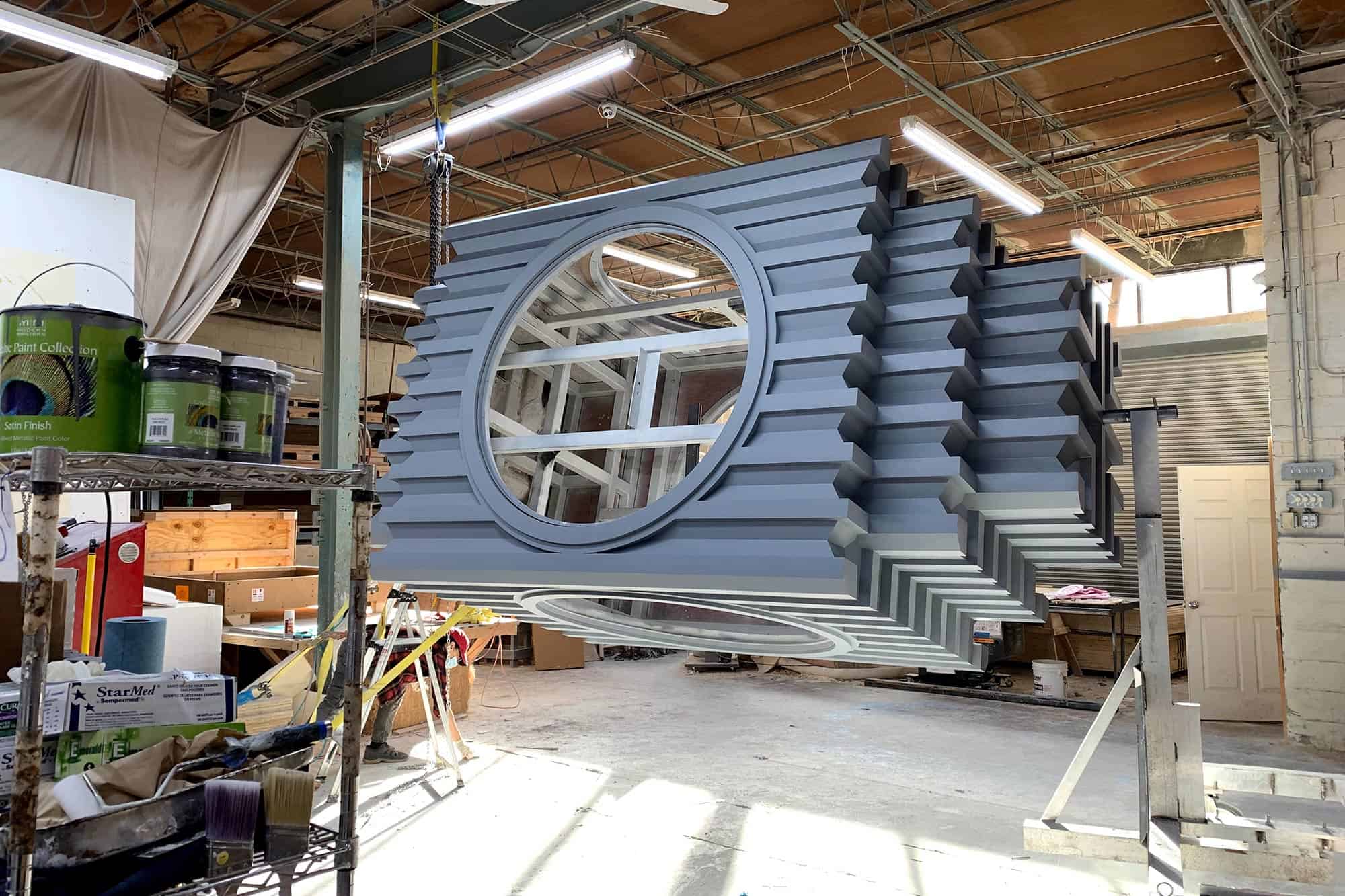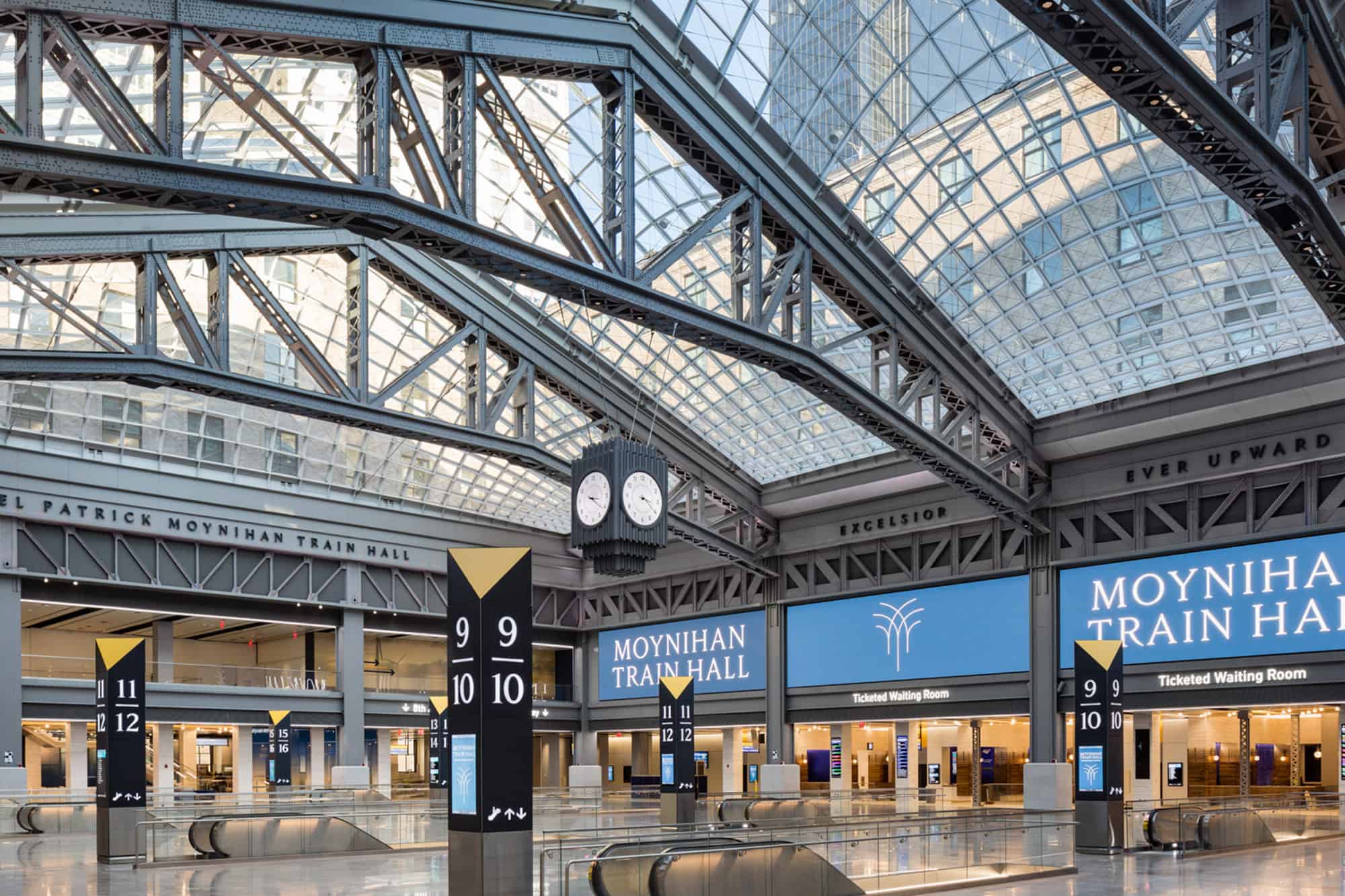Every year, millions of people visit New York City and have life changing, transformative experiences. And on a daily basis, thousands upon thousands of commuters head to the city to ply their trade from near and far. They do this over, and over, and over again, and while the Covid-19 pandemic has slowed some of that activity, as the vaccine rolls out and a “normal” future seems to be on the horizon, everyone anticipates that the trains funneling individuals who are bright eyed and haggard in equal measure will soon be full again. And in 2021, for the first time in decades, stepping off the Amtrak or LIRR will involve an entirely new sensory experience. Many travelers are used to being welcomed to Midtown by Pennsylvania Station, which is by any measure one of the worst places in the world. The new Moynihan Train Hall, an extension of Penn Station just across the street in the old James A Farley postal building, is the new rallying point for many Amtrak and Long Island Rail Road lines, and its high ceilings, modern art displays, and, well, apparent cleanliness, are poised to offer a dramatically different experience for those waiting for trains in the new facility. There’s also the matter of the beautiful clock at the center of it all. Recently I had the opportunity to ask Peter Pennoyer, the architect behind the clock, a few questions about its creation.
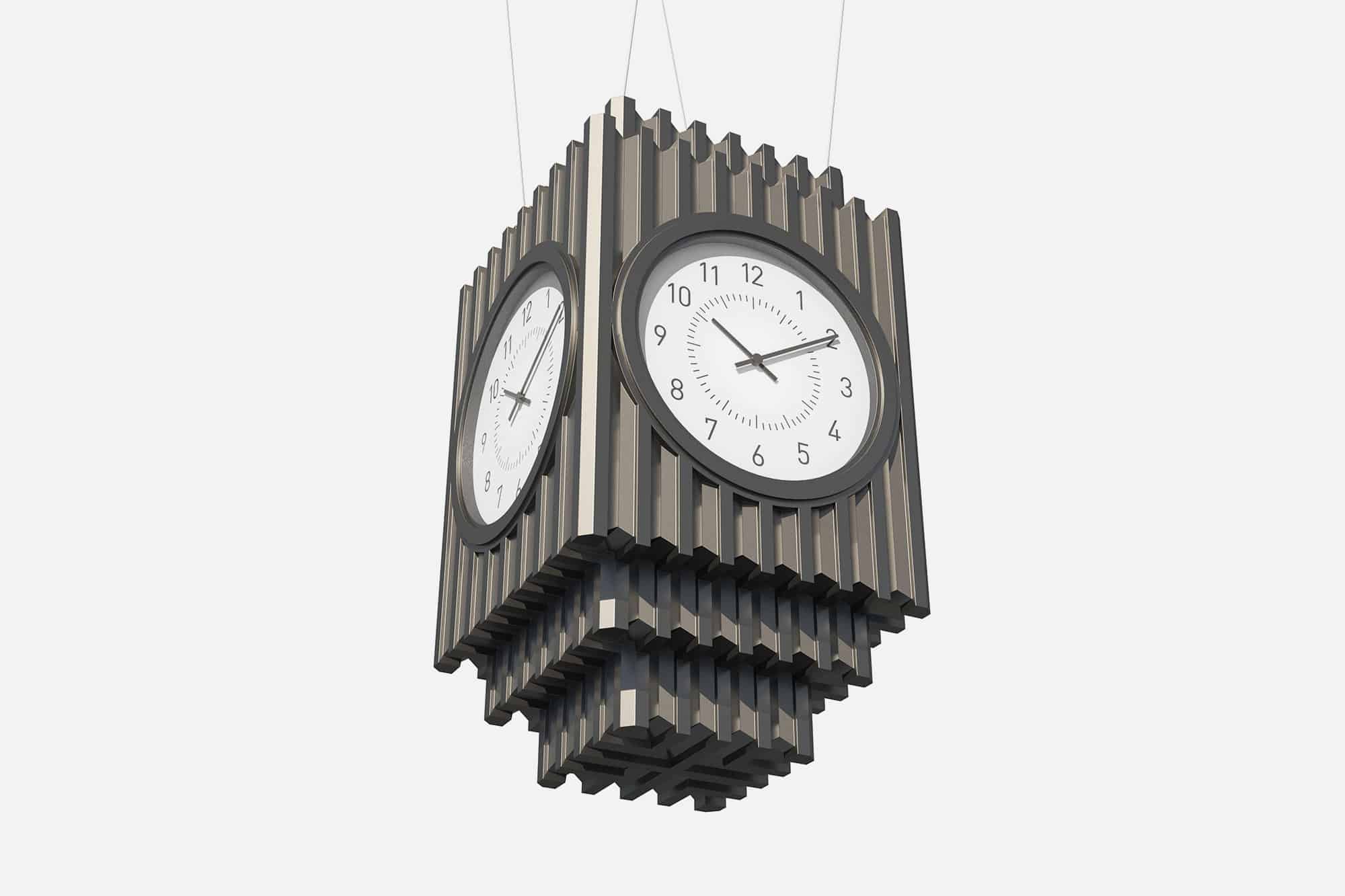









 Featured Videos
Featured Videos




